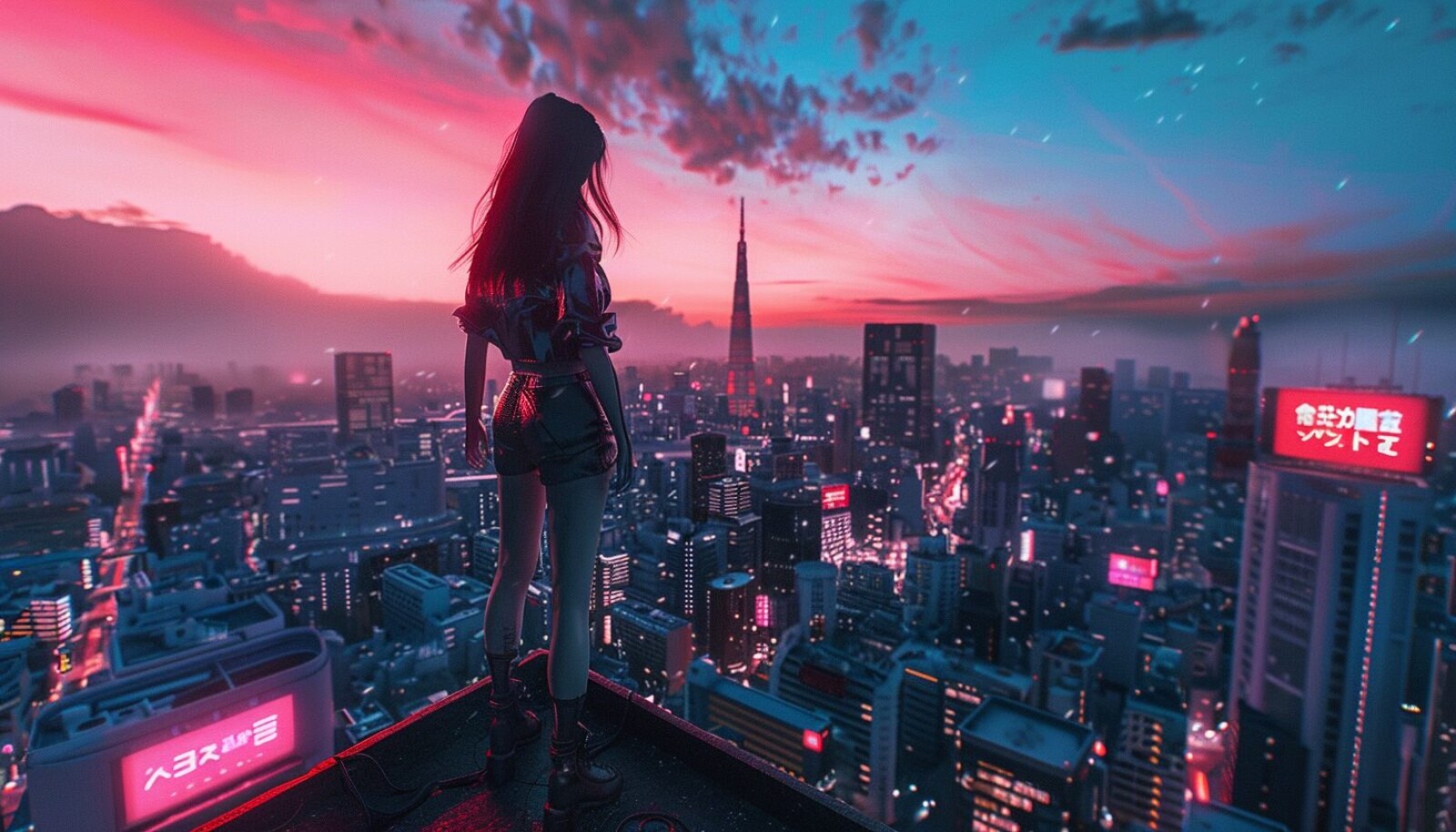
Amelia Altcoin
The Impact of Artificial Intelligence on the NFT Art World

Artificial intelligence (AI) is transforming numerous industries, including the art world, by merging with non-fungible tokens (NFTs). This fusion is pushing artistic boundaries, enabling unparalleled innovation, and redefining the roles of artists, collectors, and technology. AI-generated NFT art represents a frontier where technology and creativity converge, leading to unique and dynamic artistic expressions.
The Evolution of NFT Art
NFTs have evolved from digital collectibles to a versatile medium through which artists can establish unique digital identities and monetize their creations. Artists now showcase their work globally, bypassing traditional galleries and intermediaries. Blockchain technology ensures ownership and provenance, embedding artistic legacies into the very fabric of their creations. This technological innovation has democratized art, allowing a broader audience to participate in the art market and discover new talent.
The Role of AI in the Art Ecosystem
AI mimics human intelligence, performing tasks like visual perception, decision-making, and creative endeavors. Its roots in algorithmic art trace back to the 1960s, but its synergy with NFTs has injected new vigor into this art form. AI-generated NFT art uses algorithms capable of analyzing extensive data sets, learning, and combining various artistic elements, thus disrupting traditional art creation processes.
AI has introduced a new dimension to art creation, where machines generate artwork by learning from vast datasets of existing art. This process involves training neural networks, such as generative adversarial networks (GANs), to create new pieces that mimic human creativity. AI-generated art can produce an endless variety of styles, from abstract to hyper-realistic, pushing the boundaries of what is possible in art.
AI-Generated NFT Art
AI-generated NFT art encompasses digital art crafted through generative adversarial networks (GANs) and other AI algorithms. These artworks can range from static images to animations and interactive NFTs that respond to user input. The blockchain aspect ensures the uniqueness and ownership of AI art creations.
Artists and technologists collaborate to develop algorithms that can produce unique and captivating pieces, often combining elements of traditional and digital art. The result is a new genre of art that challenges conventional notions of creativity and authorship. AI-generated art also allows for the creation of interactive experiences, where the artwork evolves based on viewer interaction, adding a dynamic and immersive element to the art.
Benefits and Challenges of AI in NFT Art
The integration of AI in NFT art has numerous benefits, enhancing creativity, productivity, and accessibility. AI tools can automate repetitive tasks, allowing artists to focus on the creative aspects of their work. Additionally, AI democratizes art by making it more accessible to a wider audience, enabling individuals without traditional artistic skills to create and appreciate art.
However, this fusion also brings challenges. There are concerns about the originality of AI-generated art, as it may be seen as formulaic or derivative. Ethical issues arise regarding authorship and authenticity, questioning whether the creator is the artist or the machine. The learning curve and technical challenges associated with AI tools can also be significant, and there is a risk of overreliance on technology, potentially diminishing human creativity.
Examples and Impact on NFT Marketplaces
AI-created art has found success in the NFT market, with several notable examples making headlines. For instance, Larva Labs’ “Autoglyphs” is the first on-chain generative art NFT collection, showcasing the potential of blockchain-integrated AI art. Tyler Hobbs’ “Fidenza” features unique NFTs characterized by colorful structured curves, and Ezra Miller’s “Solvency” offers dynamic WebGL simulations with unique traits. Pak’s “Lost Poets” is another example, combining generative art and strategy game elements crafted by AI.
These examples highlight the diverse applications of AI in art, demonstrating how technology can enhance and expand artistic expression. AI-driven NFT marketplaces, such as Art Blocks, provide platforms for artists to showcase and sell their generative art. Other platforms like OpenSea, LooksRare, and KnownOrigin offer avenues for NFT enthusiasts to explore and purchase AI-generated art, contributing to the growth and evolution of the NFT market.
Impact on NFT Collectors and the Future of AI Art
AI also transforms the experience of NFT collectors by personalizing recommendations and streamlining the discovery process. AI algorithms analyze collectors’ preferences and behavior to suggest new art that aligns with their tastes. This personalization enhances the collector’s experience and encourages exploration of diverse artistic styles.
The future of AI in the NFT art world holds immense potential. As AI technology advances, it will enable even more sophisticated and interactive art experiences. Artists will continue to push the boundaries of creativity, using AI to explore new artistic frontiers. The fusion of AI and NFTs promises to redefine the art world, offering new opportunities for artists and collectors while raising intriguing questions about the nature of art and creativity.
Conclusion
The integration of AI into the NFT art world is reshaping how art is created, collected, and valued. By understanding the benefits and challenges, artists and collectors can navigate this evolving landscape, leveraging the power of AI to drive innovation and creativity in the digital era. As we move forward, the fusion of AI and NFTs promises to redefine the art world, offering new opportunities and posing intriguing questions about the future of artistic expression.













